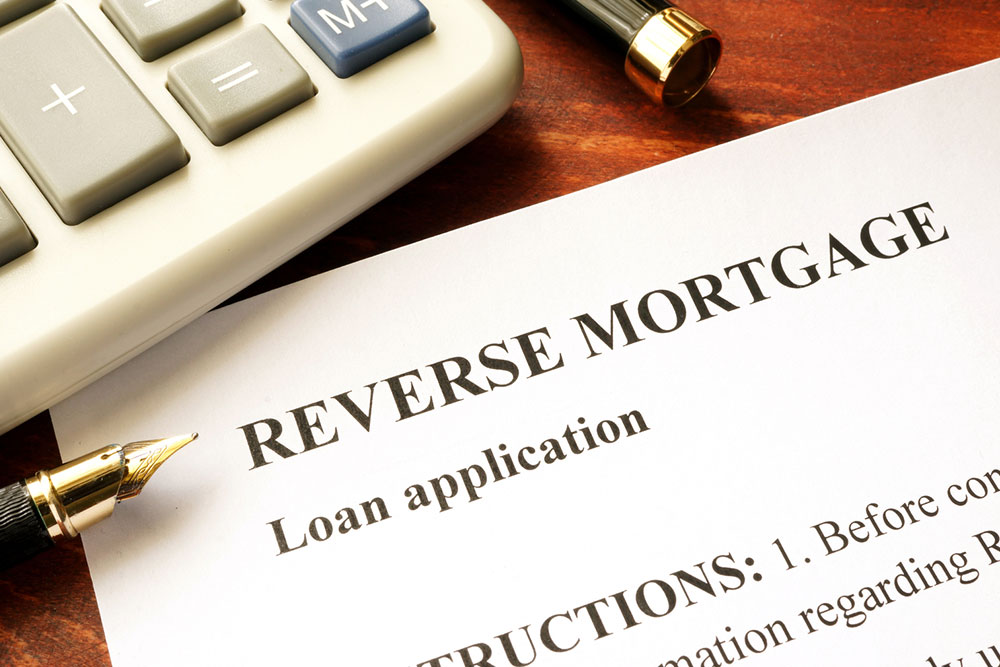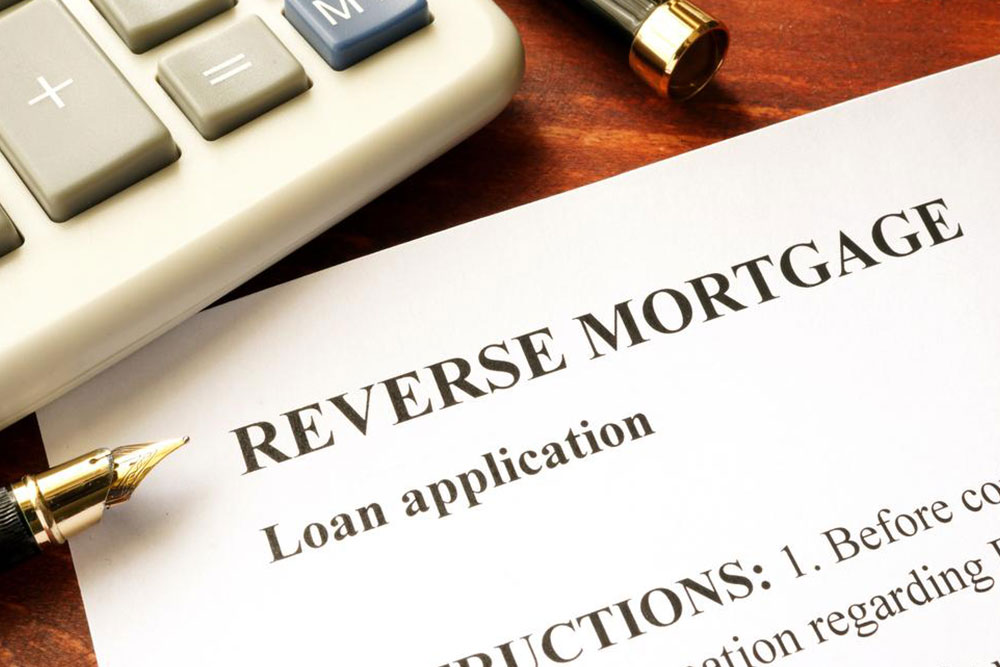Comprehensive Guide to Reverse Mortgage Payment Calculations: How Lenders Determine Your Loan Amount
This comprehensive guide explains how reverse mortgage payment calculations work, focusing on key factors like FHA limits, interest rates, and borrower age. It details the process lenders use to determine loan eligibility and the amount, helping seniors make informed decisions about leveraging their home equity during retirement. Understanding these elements can empower borrowers to plan their finances effectively and ensure a smooth reverse mortgage experience.

Comprehensive Guide to Reverse Mortgage Payment Calculations: How Lenders Determine Your Loan Amount
In recent years, reverse mortgages have gained significant popularity among seniors seeking to leverage their home equity to fund retirement, cover medical expenses, or manage other financial needs. Among reverse mortgage options, the Home Equity Conversion Mortgage (HECM) program stands out as the most prevalent choice, primarily because it is backed by the U.S. federal government and insured to protect borrowers. This program offers retirees a practical way to access their home equity without selling their property, providing financial flexibility during retirement years.
Understanding how the payment calculation works within the HECM program is crucial for prospective borrowers. Unlike traditional mortgages, reverse mortgage loans do not rely on fixed formulas but are instead determined based on a combination of several essential factors. These factors include the borrower’s age, the current market interest rates, the appraised value of the property, and pre-set regional loan limits. By understanding these elements, borrowers can better assess how much they qualify for and plan their finances accordingly.
The Role of FHA-Approved Limits and Regional Variations
The federal Housing Administration (FHA) plays a vital role in setting limits for reverse mortgage loans through regional mortgage limits. Each geographic area has specific FHA loan limits based on the local housing market conditions, which significantly influence the maximum loan amount available to borrowers. In high-value markets, the FHA limit may be substantially higher, allowing homeowners in those regions to access larger sums. Conversely, in areas with lower property values, the maximum available loan amount will be correspondingly lower.
To determine the precise eligible loan amount, lenders compare the appraised value of the property with the applicable FHA limit for the area. The lower of these two values is considered the maximum base for loan calculations. This ensures that the loan amount remains within the set regional boundaries, promoting fairness and financial stability. Borrowers should be aware that this regional variation means that two homeowners with similar property values in different states may receive different loan amounts due to the differing FHA limits.
Interest Rates and Their Impact on Lending Amounts
The expected interest rate used in calculating the HECM loan is another critical component. This rate is a combination of the current 10-year LIBOR swap rate, which reflects the broader market conditions, and the lender’s margin, which covers the lender’s costs and profit margin. The sum of these two figures forms the expected rate, directly influencing the Principal Limit Factor (PLF), which determines the initial amount available to the borrower.
Importantly, the age of the youngest borrower or eligible spouse significantly impacts the PLF. Age plays a vital role because older borrowers tend to access higher initial loan amounts due to shorter expected remaining lifespans, which reduces the risk for lenders. Consequently, a 70-year-old borrower will generally receive a larger initial credit limit than a 62-year-old, assuming all other factors are consistent.
Calculating the Principal Limit and Total Borrowing Power
The core of reverse mortgage payment calculation lies in determining the Principal Limit, which is the maximum amount a borrower can access based on the factors described above. This involves multiplying the appraised value or FHA loan limit (whichever is lower) by the Principal Limit Factor (PLF). The PLF is derived primarily from age and expected interest rates, serving as a percentage that determines how much of the home’s value can be borrowed.
This initial borrowing power can be used in various ways, including tenure payments, which provide a steady monthly income for as long as the borrower lives in the home, or as a lump sum for one-time expenses. Borrowers also need to consider upfront costs, which include the loan origination fee, closing costs, and initial mortgage insurance premium. These costs can be financed into the loan or paid out-of-pocket, depending on the borrower’s preferences and financial situation.
Additional Considerations in Payment Calculation
Assessing your financial situation and anticipated expenses is essential when evaluating reverse mortgage options. Borrowers should evaluate how much they can comfortably pay upfront and whether taking out a larger loan fits within their long-term financial plans. Additionally, considering your life expectancy is critical for estimating how long the funds need to last and planning accordingly. Consulting with a reverse mortgage counselor or financial advisor is highly recommended to navigate these complex calculations and make an informed decision.
Ultimately, the total available credit through an HECM reverse mortgage results from the interplay of regional limits, age, interest rates, and upfront costs. Lenders apply these factors to arrive at a reliable estimate of the funds available for disbursal, enabling retirees to plan their financial futures confidently. Whether the funds are used for monthly income, paying off existing debts, or covering medical needs, understanding this calculation process helps borrowers optimize benefits and mitigate risks associated with reverse mortgages.





